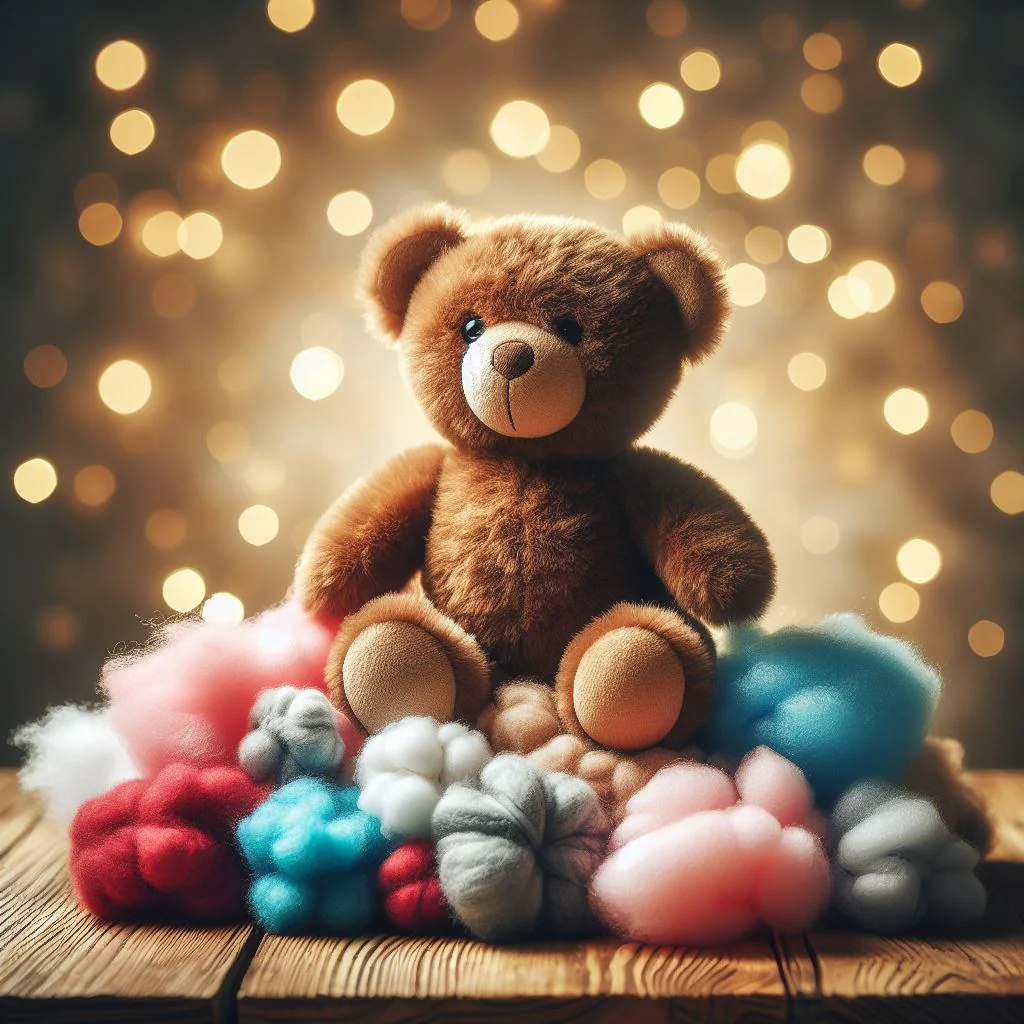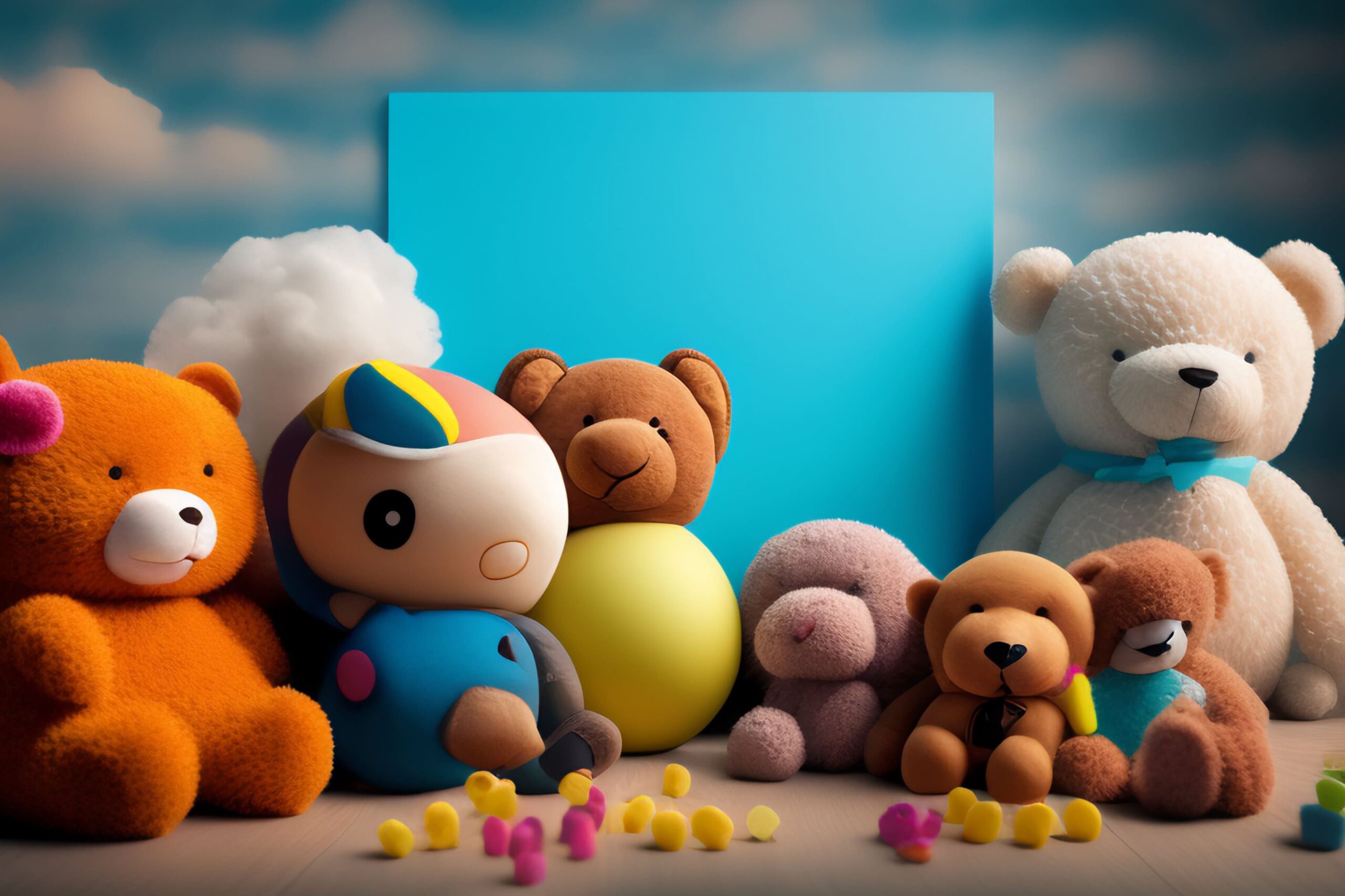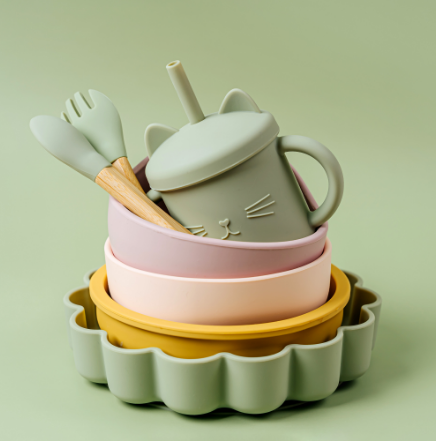SHOPPING CART
No products in the cart.
Stuffed animals can harbor germs, dust and pollen – so regular cleaning is key if they’re going to remain fresh-looking for your kids’ enjoyment! Follow these simple tips and keep their beloved bears looking brand new!
Wash toys on a weekly or more frequent basis if children sleep with them, especially if they’re susceptible to allergies, to avoid any unpleasant odors and mold growth in their stuffing. Doing this will prevent unwanted smells as well as mold growth that might threaten its integrity.
If your stuffed animal comes with a care label, it should provide instructions for washing it. Typically this will tell you whether to use the washing machine or hand wash it; furthermore it may provide drying instructions as well.
If there is no label present, look out for signs of wear such as rips or stains. If any do exist, rub lightly dampened cloth through mild detergent solution before rinsing thoroughly afterward to eliminate grime build-up and extend its lifespan. This will remove grime buildup while helping your toy last for many more years!
Depending on the toy in question and its safety requirements, laundry sanitizer can also help remove germs without harming its fur or fabric or details. For older toys or those featuring special features like music boxes, hand washing may be preferable as being placed in a dryer can wear away fabric layers and damage parts that adhere with glue.
Stuffed animals can be great companions for children, but they’re also notoriously filthy! Check the care instructions of any plush toys your kids own for care instructions such as machine or hand washing only, to extend their longevity and prevent faded or shrinking fabrics. When washing a toy that requires machine washing, be sure to rinse infrequently to extend its life while protecting the soft fabrics from fading or shrinking over time. Prior to washing any duct or electrical tape should be placed over any electrical areas so no moisture seepage into batteries or electronics within.
For non-washable stuffed animals, try a baking soda treatment. Seal the animal in a plastic bag with some baking soda and shake gently to remove lint, dust, and odors. After shaking is complete, allow air drying or tumble drying on low before reshaping and fluffing as usual to restore its original look and feel.
Children love their stuffed animals; they’re much more than toys! A beloved plush bear or elephant may provide comfort as a companion and secret keeper, as well as playmates. Unfortunately, however, even after being washed repeatedly these treasured stuffies may still pick up germs and smells from play dates or being handled carelessly by strangers – this can leave germs and smells behind that need to be dealt with quickly and properly.
Reviving the softness of a beloved toy doesn’t require an expensive trip to a professional cleaner – there are simple and expert-backed techniques you can use at home to revive it! Start by mixing up a cleaning solution suitable for fabric surfaces; test on a small area first before continuing. Gently scrub and rinse surface areas thoroughly; allow to air dry completely, before fluffing to restore natural softness of fibers.


Most stuffed animals can be washed safely in the washing machine; however, be sure to consult their care tag prior to washing in a machine. Older toys may not withstand being put through an entire cycle without becoming fragile, so use mild detergent or cleaner intended for use on stuffed animals instead of vigorous wringing as this could damage it further.
Before packing up your child’s stuffed animals, take precautionary steps to remove batteries that make them talk, walk, sing and dance. Not only will this protect them from making irritating noises during transportation; it will also safeguard their batteries against leakage or corrosion that could occur over time.
Once the stuffed animals have been cleaned and de-dusted, use wrapping paper to line a large cardboard box on all sides and carefully fill a garbage bag with them, taking care not to squeeze too tightly as that could result in damaging beloved teddy bears! When all is sealed up securely and placed in an area free of dust and allergens – then your children can enjoy having fun playing with their beloved bears without fear.



Leave a Reply